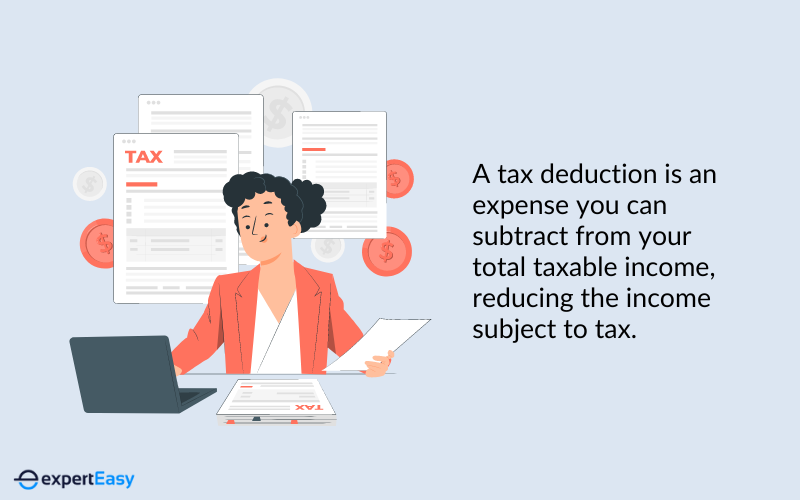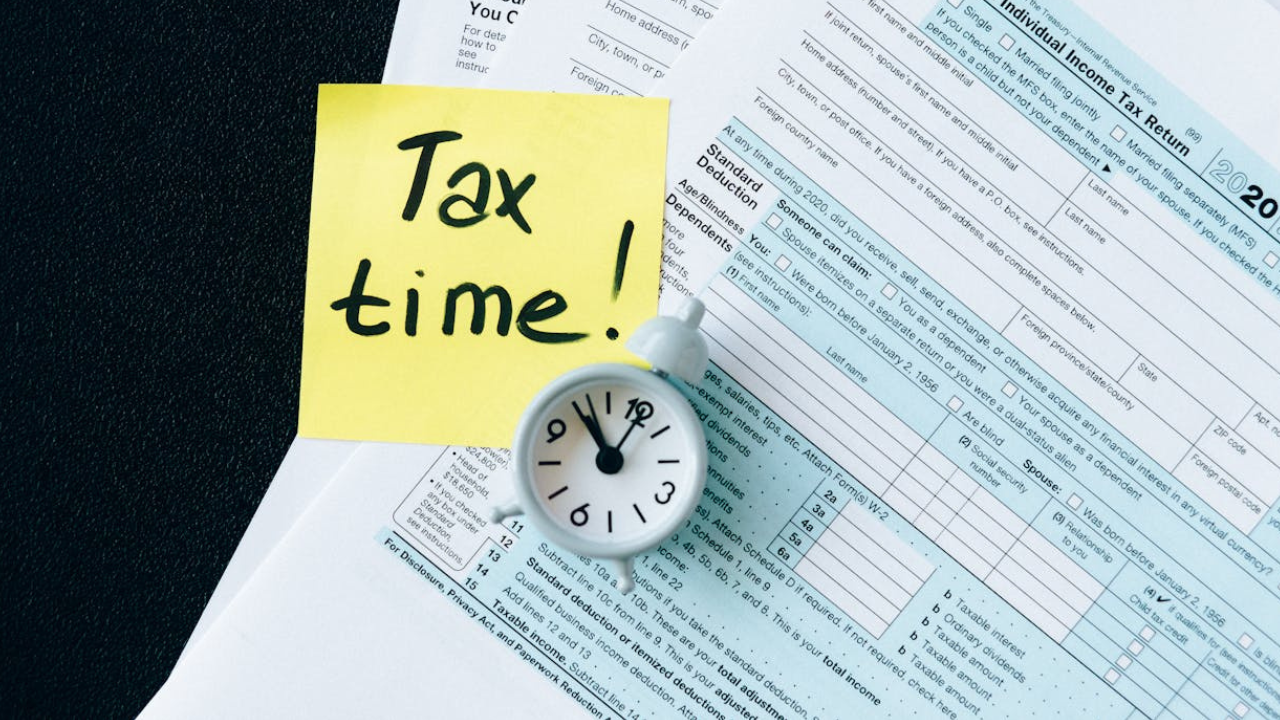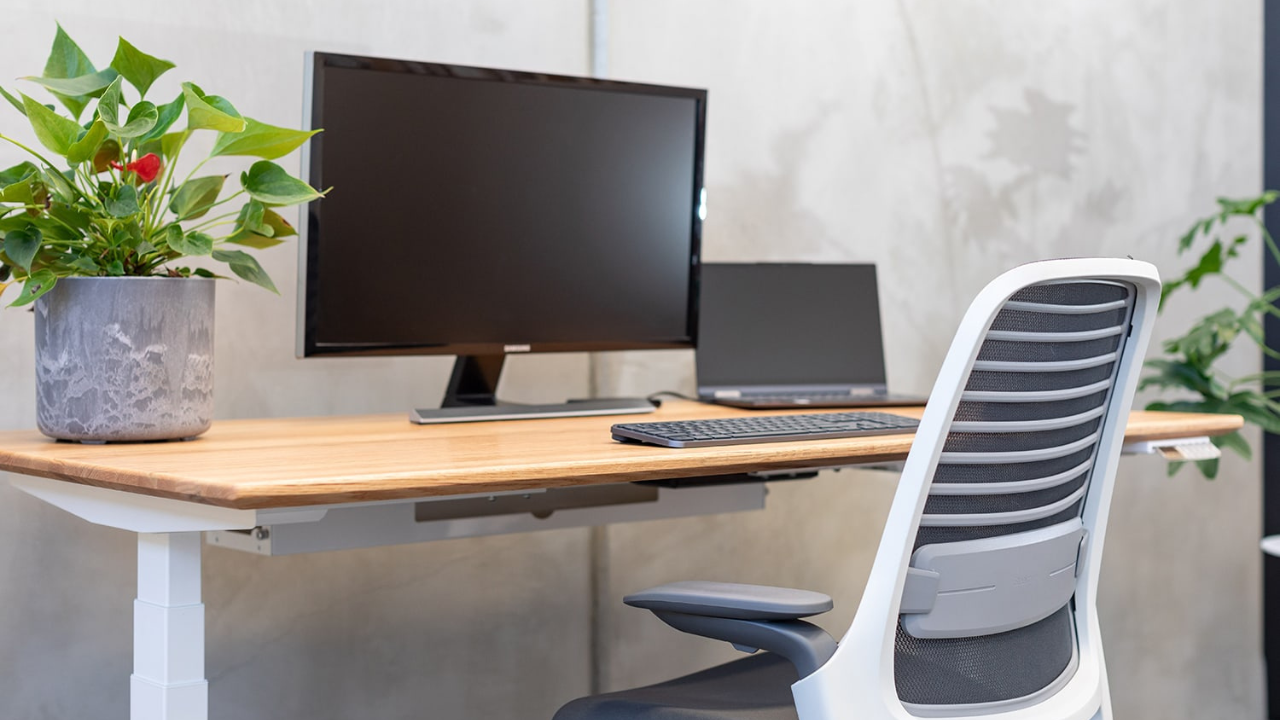Standing desks are tax deductible in Australia under certain circumstances. The Australian Taxation Office (ATO) has specific criteria you must meet to be eligible for office furniture and equipment deductions, including standing desks.
In this guide, I will clarify the conditions under which standing desks are regarded as tax-deductible assets and how to claim them. Read on for a clearer understanding—I break the terms down as much as possible.
What is Tax Deduction?

A tax deduction is an expense you can subtract from your total taxable income, reducing the income subject to tax. Standard tax deductions include expenses such as mortgage interest, charitable donations, office furniture, and certain medical costs. These deductions effectively decrease your taxable income, leading to significant tax savings.
Eligibility for Standing Desk Tax Deduction
Before discussing the nitty-gritty, let’s go over the eligibility criteria for standing desk tax deduction in Australia so you don’t have to read to the end if the conditions don’t apply to you.
- Both business owners and individuals working from home in Australia can claim tax deductions for office furniture, such as standing desks, that they require to carry out their business.
- Employees can only claim tax deductions for office furniture used for work purposes if they have not already claimed these amounts with their employer. If your employer has reimbursed you, you cannot deduct it from your taxable income.
- The expenses must be directly related to earning assessable income and not for private use. You can only claim the part for work if you use your standing desk for work and personal reasons.
- You must have records, such as receipts and proof of purchase, to substantiate your claim.
If you meet these criteria, you can reduce your taxable income by the cost of the standing desk. In the following sections, I'll cover how much you can claim on your sit-stand desk and how to make that claim. But before that, let’s look at ATO’s position on home office supplies.
ATO's Position on Home Office Supplies

The Australian Taxation Office has detailed resources on claiming home office expenses for employees and individuals working from home. For instance, you can claim a deduction to cover running expenses like electricity, internet, phone use, and office equipment (office desk, office chair, desk lamp, etc.).
If you use the item for professional and personal purposes, you must split the deduction properly. The amount you can claim should correspond to the percentage used for work purposes. As a result, you'll need to keep a diary for a representative 4-week period to determine this percentage. You can claim the total cost of consumables like printer ink and stationery.
ATO has a temporary shortcut method to calculate your work-from-home deduction at 80 cents per hour, which applies from 1 March 2020 to 30 June 2020 for the 2019-20, 2020-21 and 2021-22 income years. To use this method, you must incur additional running expenses due to working from home and have a record of the total number of hours worked from home.
How Much Tax Deduction Can You Claim on Your Sit-Stand Desk?
You can claim a tax deduction for the cost of a standing desk used for work purposes in Australia, but the exact amount depends on some factors.
#1 - Immediate write-off
If the standing desk costs less than $300 and is used more than 50% for work, you can claim the total cost immediately in the current tax year. But it’s not straightforward; ATO also requires that the asset, i.e., your standing desk, isn’t part of a group of assets acquired during the income year where the total combined cost exceeds $300.
Similarly, if you purchase multiple standing desks in the same year that cost over $300, even with minor differences, you cannot claim an immediate write-off for them. The key is to ensure that standing desks under $300 are not part of a larger set of similar assets bought together.
#2 - Depreciation
For standing desks that cost over $300, you can claim a deduction for the decline in value over the asset's effective life, usually between 10 and 20 years. The exact amount to be deducted depends on the desk's total cost and the percentage used for work. For example, if a $2,000 desk is used 80% for work, you can claim 80% of the decline in value each year.
To calculate the decline in the value of your standing desk or home office furniture, you must choose either the
- prime cost method or
- diminishing value method.
The prime cost method assumes that the value of a depreciating asset decreases uniformly over its effective life. The formula to calculate the annual decline in value is:
However, the diminishing value method assumes that a depreciating asset loses value more rapidly at the beginning of its effective life. Here’s the formula to use if you choose this approach:
The asset's cost is the total cost of the standing desk, including any installation or setup fees, days held are the number of days you owned and used the desk for work purposes in the current tax year, and base value is the initial value of the asset at the time of purchase.
How to Claim Tax Deductions on Your Sit-Stand Desk?

How you claim the deduction for your standing desk depends on whether you are an employee or self-employed.
- For employees: If you use your standing desk for work purposes, you can claim the work-related portion as a deduction on your individual tax return under the "Work-related expenses" section. You will need to provide details like the cost of the desk, the percentage used for work, and any other supporting documentation.
- For self-employed: If you are self-employed and use your standing desk in your business, you can claim the work-related portion as a business expense under the "Other business expenses" section of your business tax return. The deduction will reduce your overall taxable business income.
Be sure to keep detailed records, including receipts, invoices, and a usage diary, to substantiate your claim. I also recommend consulting an accountant, where necessary, to maximise your deductions correctly.
Conclusion
So, while standing desks are tax deductible in Australia, the exact deduction amount depends on the cost of the desk and how it is used.
Employees, self-employed individuals, and small businesses can all claim deductions for standing desks as long as the expenses are directly related to earning assessable income and have the proper documentation required to substantiate the claims.







